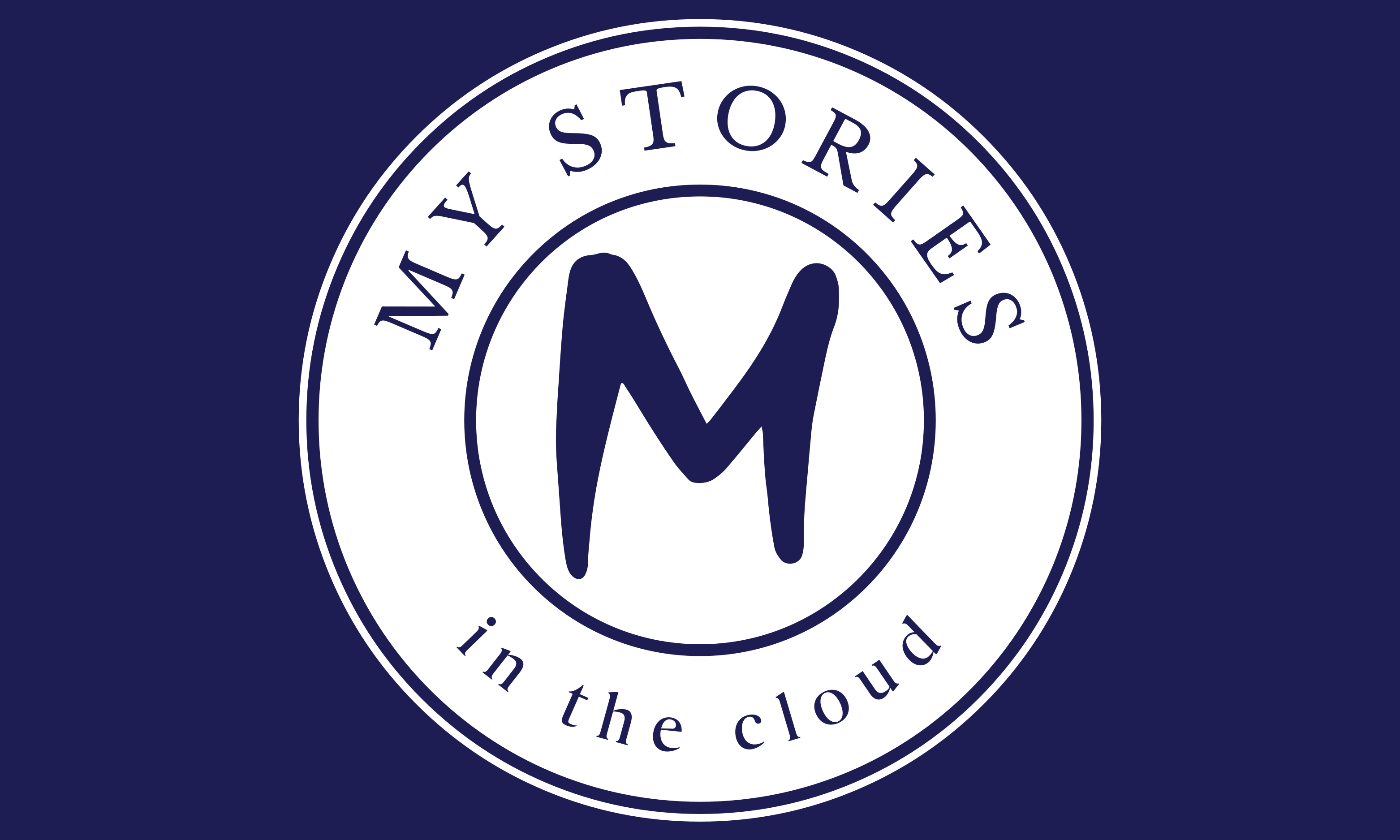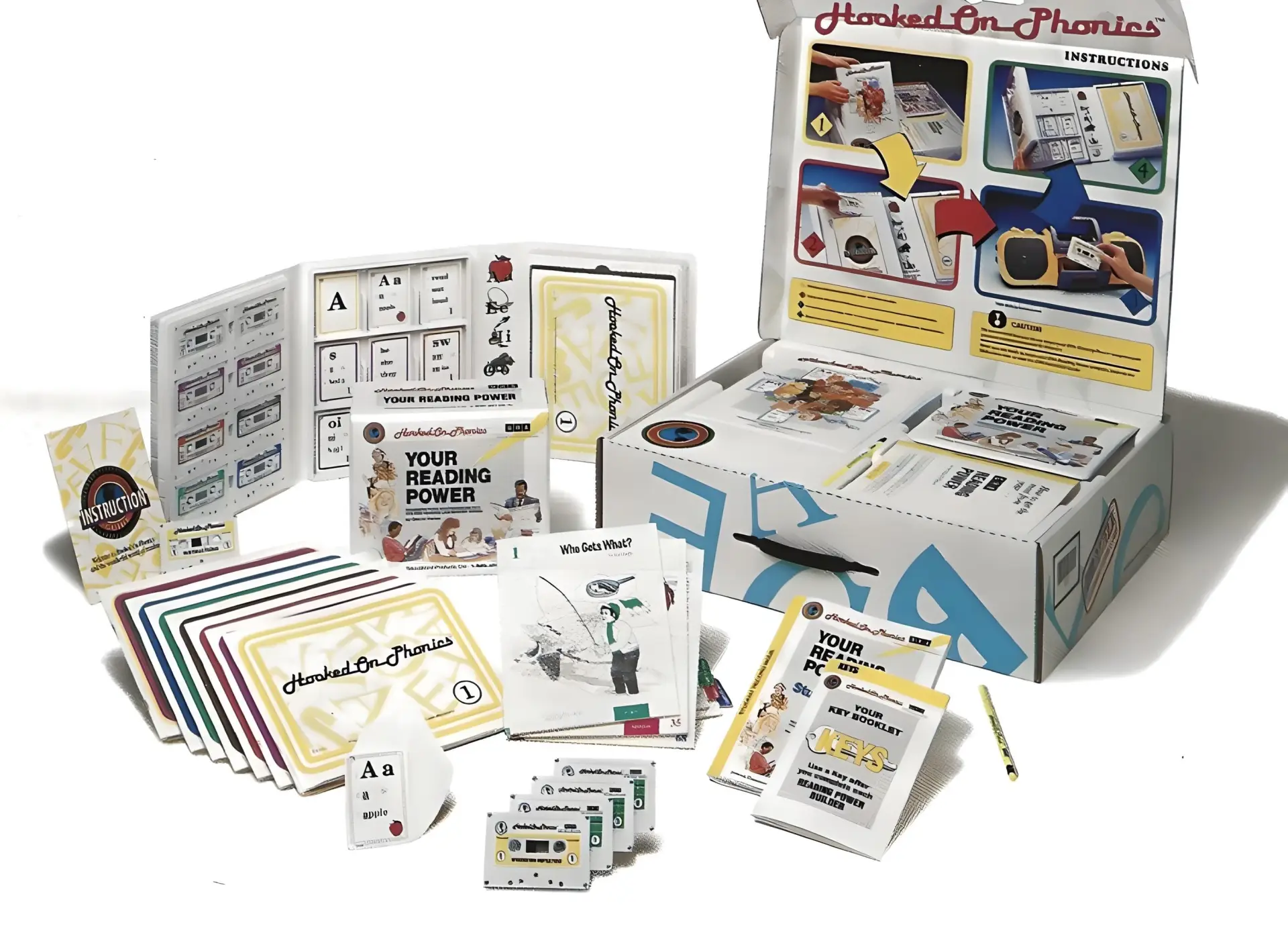One of my proudest and most impactful contributions to society has been my work with Hooked on Phonics, a program that has empowered millions of children to discover the transformative joy of reading. Being part of this incredible mission-to unlock the world of literacy for countless young minds-has been both humbling and deeply fulfilling. I am especially grateful to the President of Hooked on Phonics for entrusting me with the opportunity to design and manufacture every HOP kit sold. This collaboration allowed me to play a pivotal role in shaping a tool that has not only changed the lives of children but also given families the gift of connection through learning. The thought that my work has contributed to sparking imagination, building confidence, and opening doors for future generations is something I will always hold close to my heart. This project held special meaning for me, because as a child, I struggled with dyslexia and faced major challenges learning to read.
How it all began
One of my sales reps at Blackbourn brought Sean Shanahan to our plant to explore the possibility of creating vacuum-formed packaging to hold a cassette and a deck of cards. Sean's vision was to pitch this as a promotional kit for McDonald’s, designed to go into every Happy Meal. I was introduced briefly—just long enough to make a connection.
The McDonald’s deal never came to fruition, but Sean didn’t give up on his dream.
Not long after, I left Blackbourn to join a brokerage company called SPPI—Software Publishing and Packaging—where I learned the ins and outs of printing, duplication, and assembly. During the time I lost touch with Sean, he had expanded the HOP kit from two cassettes to a comprehensive set of six, each accompanied by its own workbook. While sales weren’t booming, they remained steady with the new product.
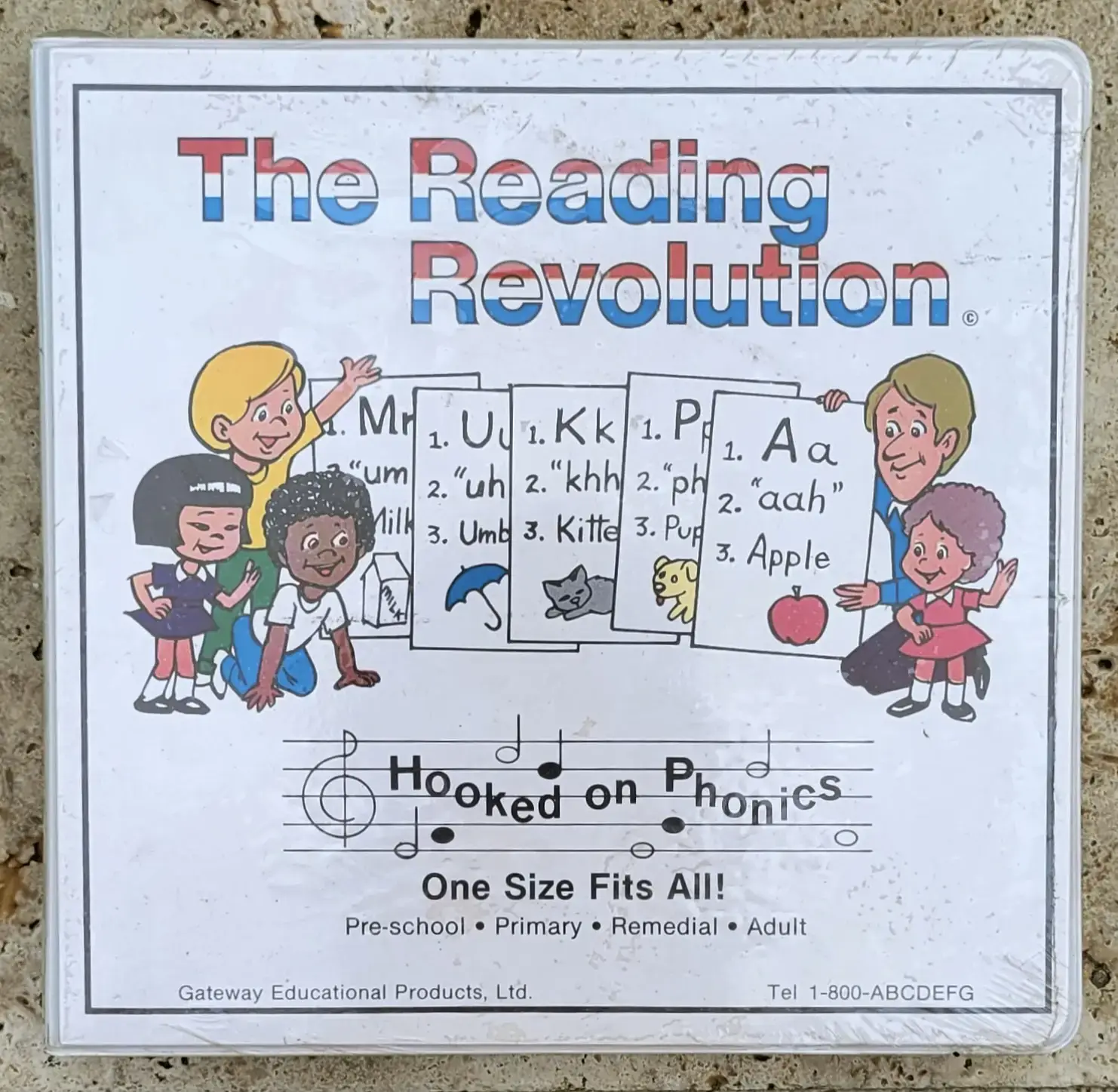
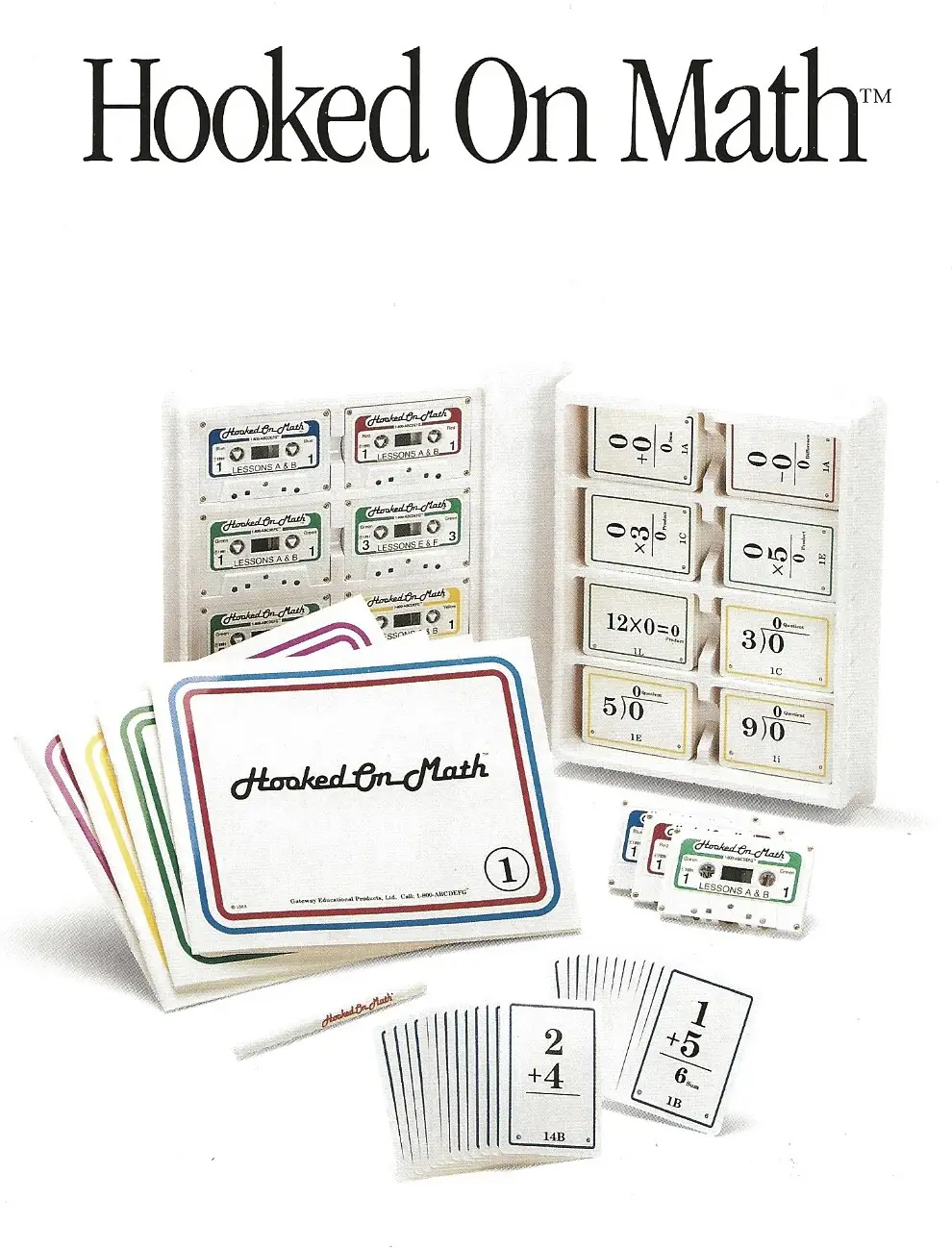
When Sean and I crossed paths again. He was developing his new Hooked on Math program and needed help with the packaging.
I pitched him on letting me handle the entire production—from packaging design to manufacturing. He agreed. To keep costs down, I worked directly with each vendor, earning a small commission from each one.
Although I was new to printing and duplication, I was a seasoned expert in packaging. I pitched Sean on a new technique: printing directly on the albums vinyl instead of using a printed insert. He loved the idea.
The math kit included eight cassettes—eight decks of cards and four workbooks—which meant I had to create designs for each component. I brought in the designer who had handled my stationery and brochure. He wasn’t outstanding, but he was capable. The cover design was a clear improvement over Sean’s original HOP design, but the real win was the design of the cassettes, card decks, and workbooks—they came out perfectly.
When SPPI began facing serious financial trouble, I made the leap and launched my own company: Multi Media Publishing and Packaging (MMPP).
At the time, it was just me, a phone, a fax machine, and a home office in Northridge. But I had something valuable—experience, vendor relationships, and a deep understanding of how to bring complex multimedia products to life. MMPP wasn’t a traditional manufacturing company. I operated as a central hub, managing a network of trusted vendors for printing, packaging, duplication, fulfillment, and logistics. I oversaw every detail—from concept and design to final delivery—and built a reputation for hitting deadlines and keeping costs low.
Through MMPP, I manufactured and delivered 10,000 units of Gateway’s Hooked on Math program. It was our first big job—and a defining moment. Sean loved the finished HOM product. So much so that he brought me in to design and print Gateway’s official stationery.
This was a rare, ground-floor opportunity—to shape the visual identity of a brand-new company. I had never done anything like it before, and honestly, it was a little intimidating. Stationery isn’t just paper and ink; it communicates what a company stands for, what it promises, and what it sells. It sets the tone before a single word is spoken.
I knew I couldn’t hand this project to Jim Grey, the HOM designer. Instead, I turned to Kathy Smith at Dynamedia. She had already saved me once—when I confidently promised Gallo Wine that I could typeset and print their entire training manual, without having the slightest clue how I’d pull it off. Kathy’s husband stepped in, worked side by side with me to typeset the entire document, and together, we delivered a flawless final product.
I partnered with Dynamedia Design to create the visual identity for Gateway’s stationery. While I can’t recall which printer we used, the final product was a standout. The paper featured a subtle, tone-on-tone alphabet pattern faded into the background, paired with a clean, memorable logo. Sean loved it.
The original design called for the logo to be embossed, giving it a tactile presence that stood out from the page. That stationery became the defining visual for Gateway—for the entire lifespan of the company, it was never changed.
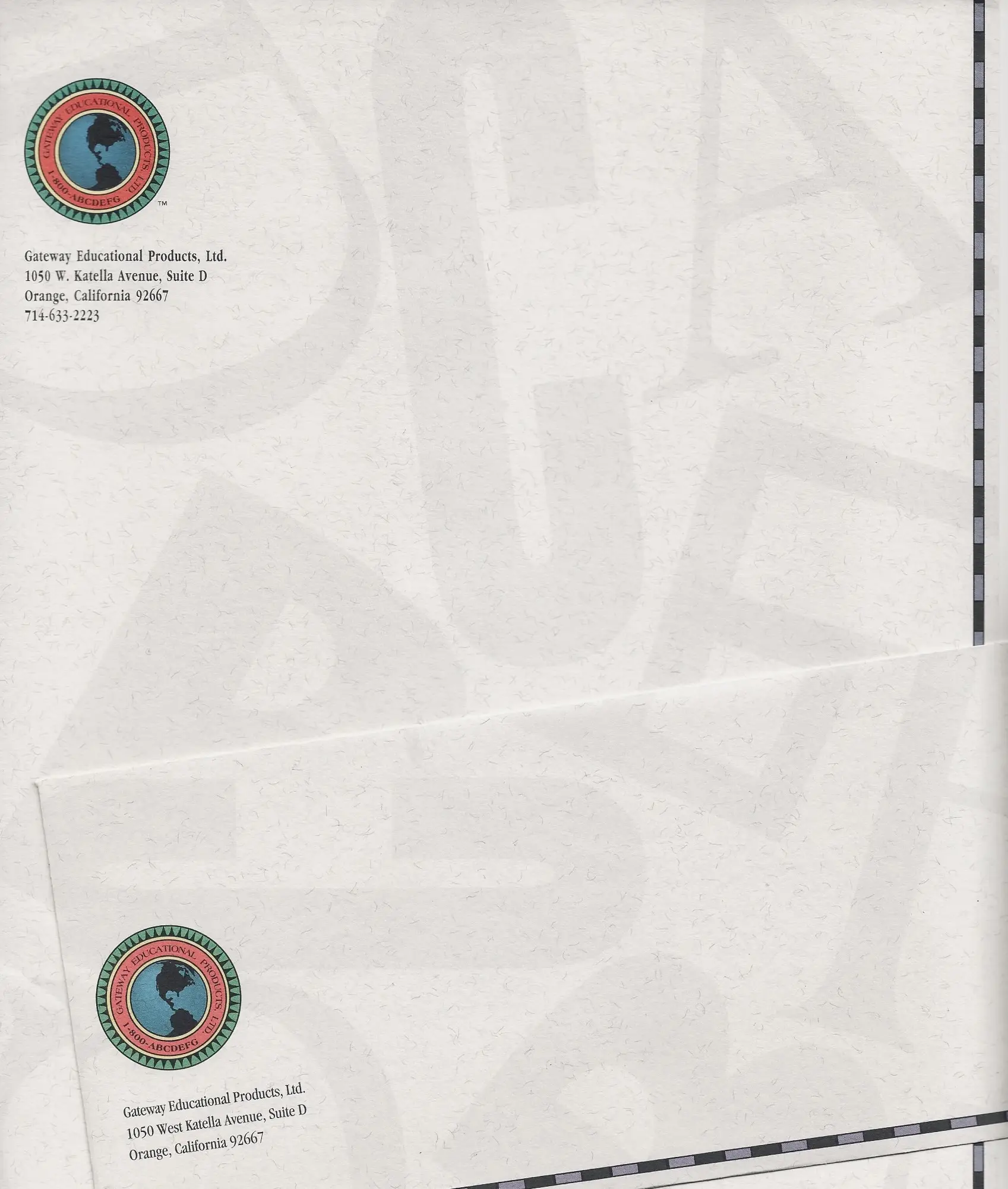
Things got dicey when Gateway Educational Products started falling behind on payments. They owed my vendors over $150,000—and me directly another $15,000. I turned to my partner, Kara, and asked if she thought this was all going to work out. She just smiled and said, “Be patient. This is going to be huge.”
She was right.
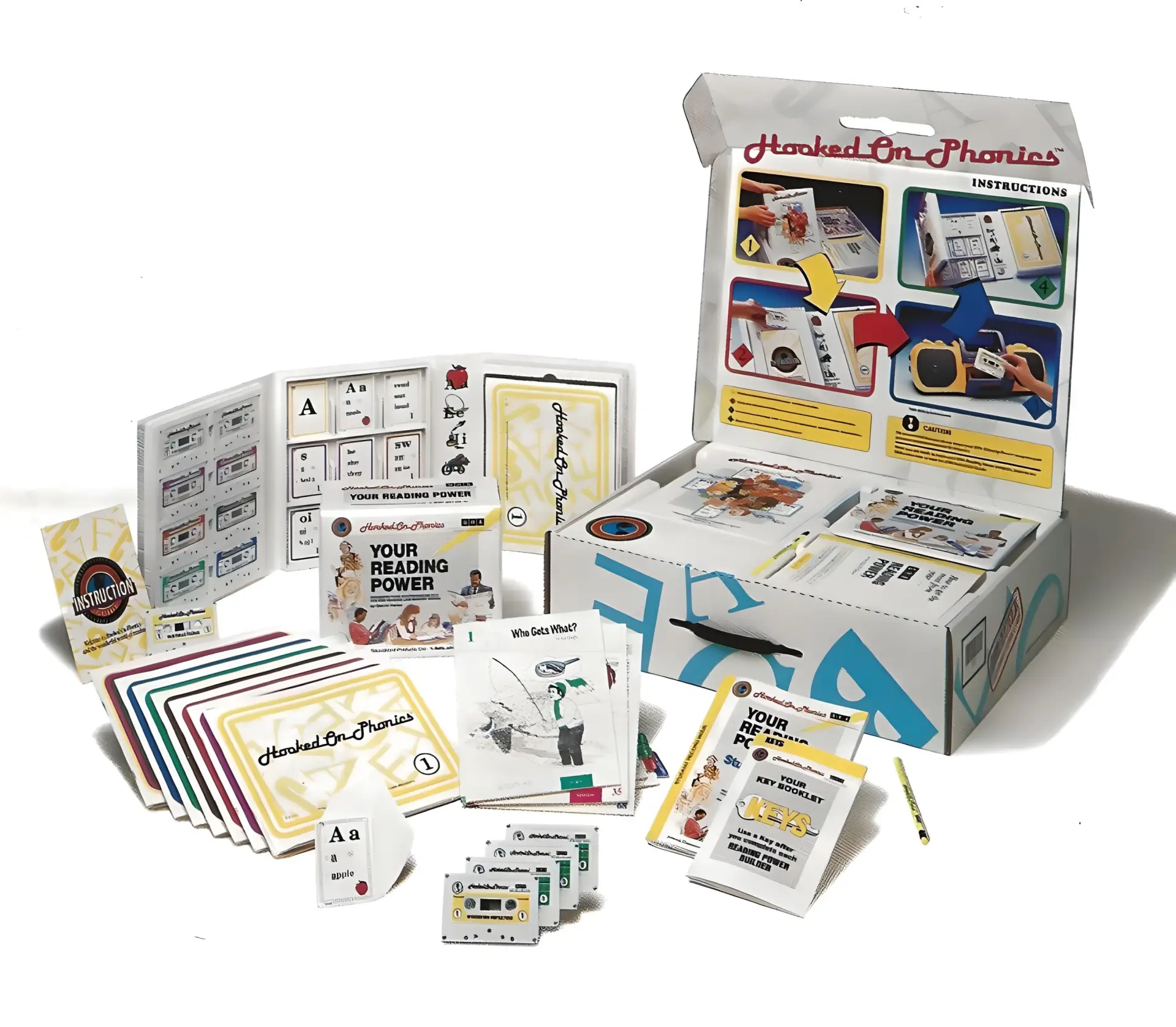
That Christmas, Sean's cable advertising campaign caught fire. Hooked on Phonics exploded. Kits were flying out of the warehouse faster than they could be manufactured. Suddenly, the money flowed. My vendors were paid in full. I was paid in full. And Sean called me down to Orange County to redesign the entire Hooked on Phonics kit.
This time, to boost the educational value, he wanted to bundle in SRA—a reading comprehension program. I designed a layout that presented both programs side by side in the packaging, giving it a premium, high-value look that helped justify the $199 price tag. Just like before, I worked directly with each vendor and collected my commissions that way.
My chance meeting with Sean on the manufacturing floor of Blackbourn didn’t just grow my business—it made me wealthy.
During those peak years, Multi Media Publishing and Packaging (MMPP) became the hidden engine behind Hooked on Phonics. From my home office in Northridge, I ran the full manufacturing and logistics operation for a company that would go on to generate over a billion dollars in sales.
Dynamedia was a godsend—not just for me, but for Gateway as a whole. They played a pivotal role in shaping the company’s entire identity, from the stationery and product brochures to a full-fledged monthly magazine. Bringing Dynamedia into the fold proved to be a turning point—not only did it elevate the brand, but it also secured my place in HOP history.
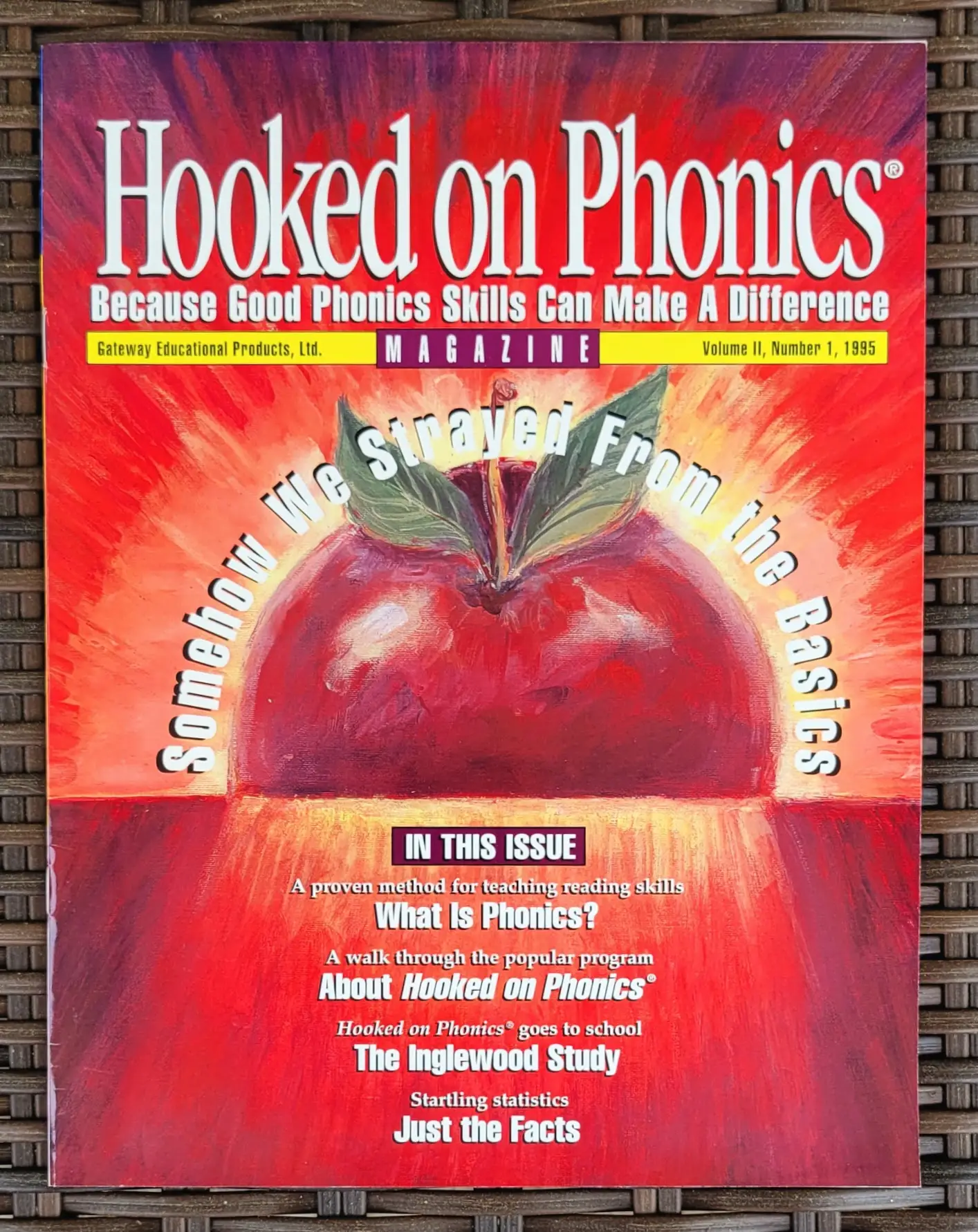
Over the years, Sean kept me on my toes. At one point he wanted a full blown school-specific kit, which came with its own set of requirements—extra documentation, complex packaging, different standards, new materials, even an easel.
To keep up with demand and maintain the high level of service my clients had come to expect, I continued to hire new team members—just in time, every time. With Gateway’s product line rapidly expanding and a steady stream of projects still coming in from Blanchard Training, I had reached a breaking point. I needed help, and I needed it fast.
I brought in Richard Romaro from Sealtronics—the company that manufactured the HOP and HOM albums—to manage a key client: Blanchard Training and Development, the creators of The One Minute Manager. With Richard handling that high-priority account, I was free to focus fulltime on Gateway.
Richard handled the Blanchard account with ease and professionalism, so I solicited his help to design and manufacture the School Kit as well. Under my close guidance, Richard single-handedly created the entire kit from start to finish. His precision and dedication were invaluable, and the result was a product we were proud to deliver.
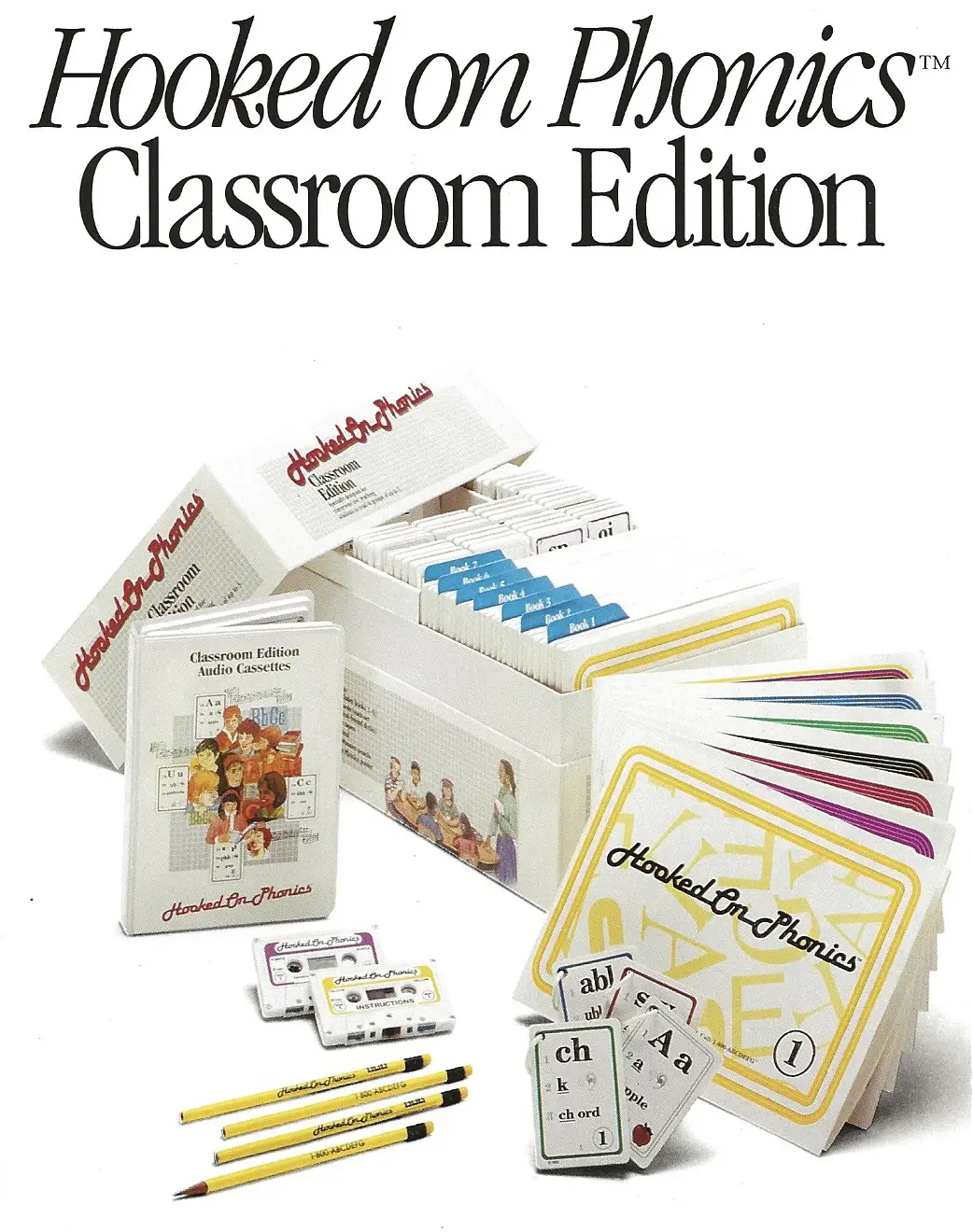
Then Sean handed me a real challenge: the writing program. I knew packaging inside and out—but developing an actual learning product? That was new territory. With Dynasound’s design expertise and a whole lot of trial and error, I figured out how to create a surface that was not only durable, but also writable and erasable. Next, I had to track down a manufacturer who could produce the custom spiral binding that held the cards together. In the end, we nailed it. The final product was both beautiful and functional—a learning tool that felt as good as it looked.
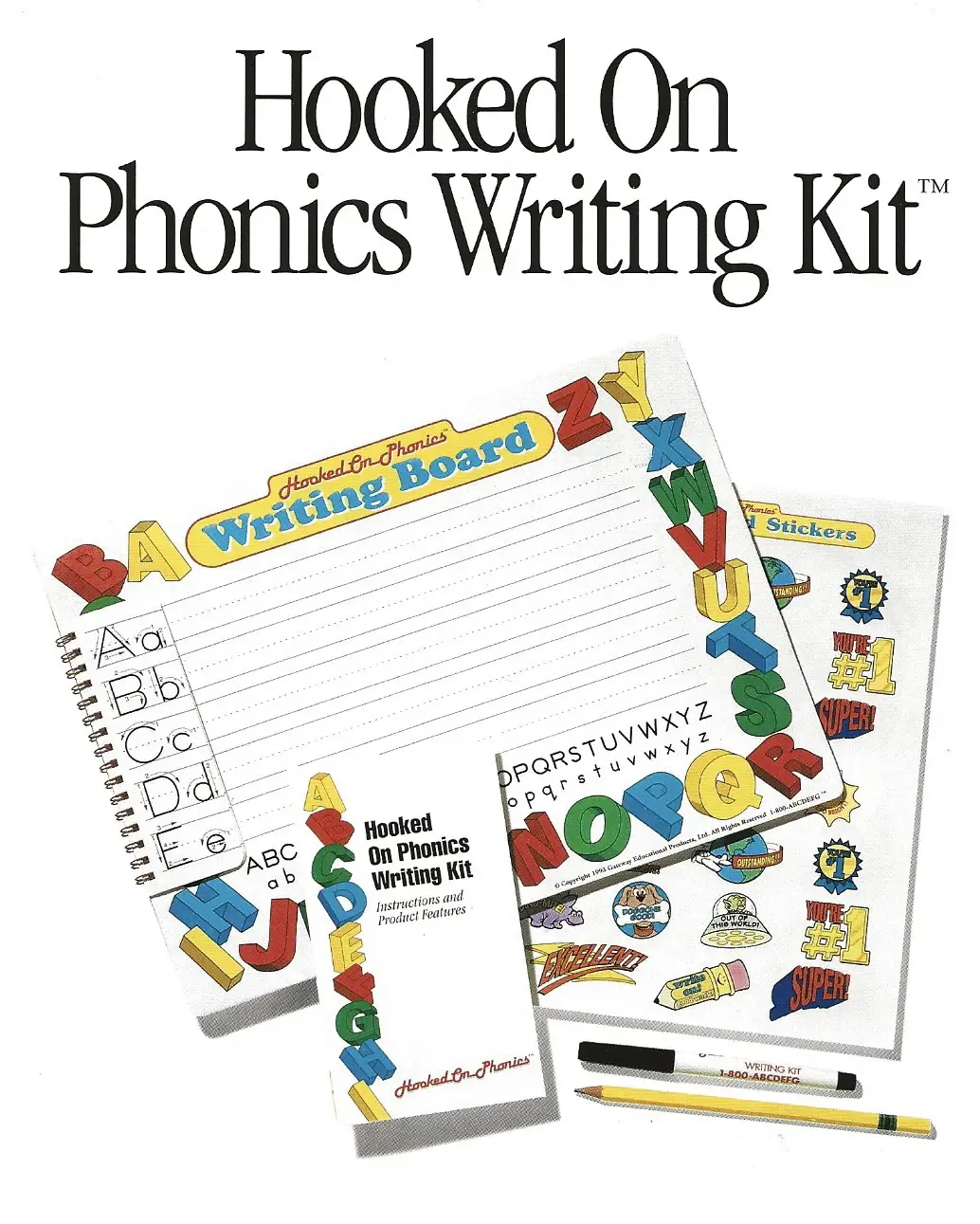
Next came We The People, a history program. At first, we didn’t realize that the creators had a strong progressive slant. We had to go back and rework the design, replacing much of the traditional historical figures on the design with ones that highlighted Native American perspectives. The kit looked great, but the market response was lukewarm—it never really took off.
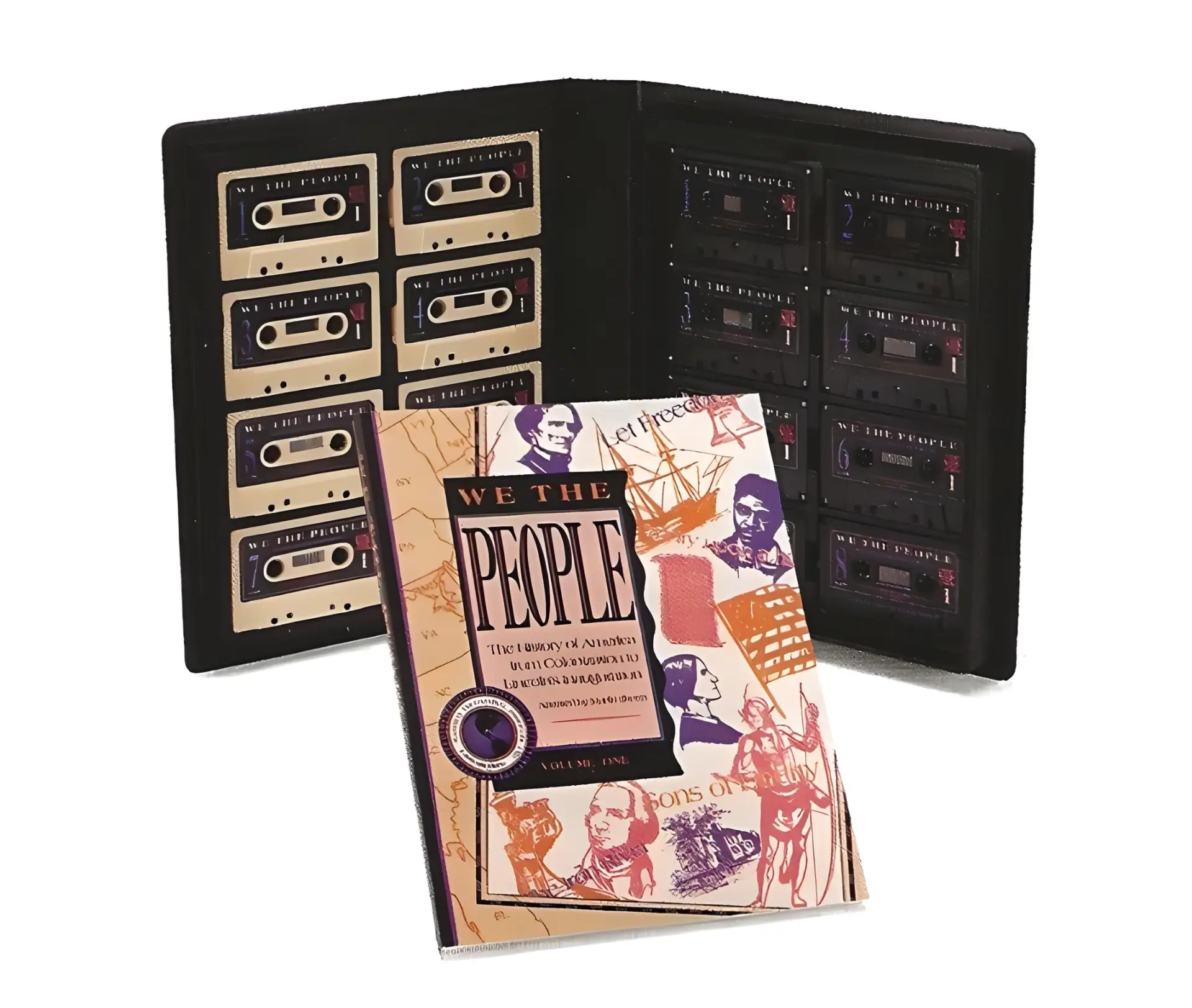

Sean was always on the lookout for fresh, inspiring additions to his growing line of educational products. One day, he called me down with news that he’d met a young couple who had created something special: the Classic Achievement Series—a beautifully illustrated collection of books and tapes that introduced children to timeless literary works.
The series featured titles like 20,000 Leagues Under the Sea, A Christmas Carol, A Midsummer Night’s Dream, and many more. It was an elegant blend of storytelling and education.
While Dynamedia began work on the cover and cassette designs, I set out to find packaging that would honor the spirit of these classics. The vision? A design that looked and felt like an antique book.
After reaching out to all my contacts, I discovered a unique company capable of producing exactly what Sean had envisioned. The result was extraordinary. The creators of the series were thrilled—we had brought their dream to life in a way that felt both timeless and magical.
Through it all, the true breadwinner remained Hooked on Phonics. I always pushed Sean to let me/Dynamedia redesign the covers of the HOP and SRA album sets—mostly because the original artwork had been done by my former designer, Jim Grey. But Sean was superstitious. “If it’s not broken, don’t fix it,” he’d say. That mindset, I think, is one reason he kept me around for so long—I was part of what worked.
By this point, MMPP was essentially Gateway’s manufacturing arm. I handled everything—from their stationery, credit cards, brochures, to the packaging and production of every product they sold. And I did it all without ever having expensive machinery or a warehouse. MMPP was lean, responsive, and fully integrated into Gateway’s operations. Sean’s loyalty never wavered. He could have gone with a bigger manufacturing company, and I am sure they were all knocking at his door, but he stuck with me. And I thanked him for that so many times.
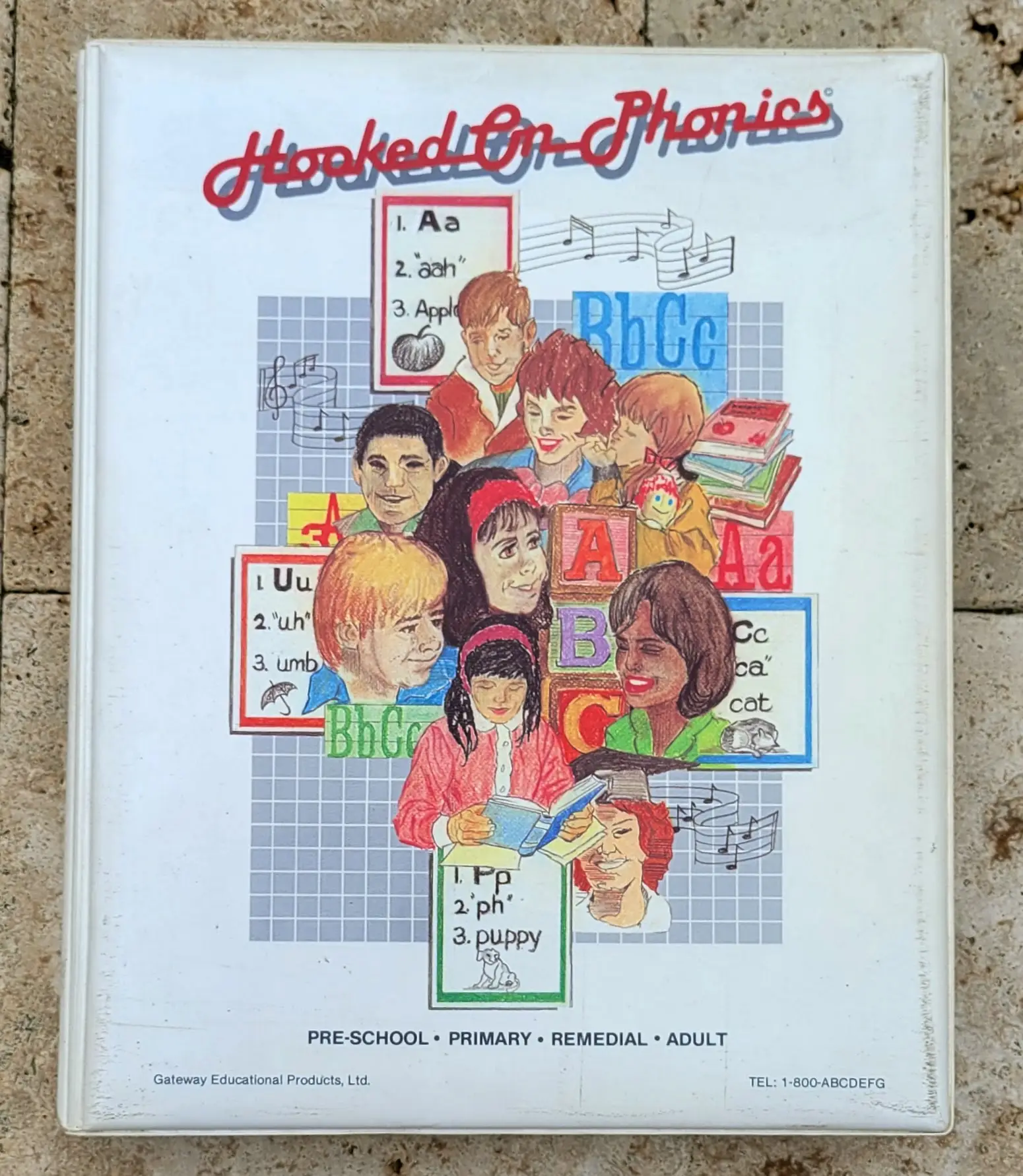
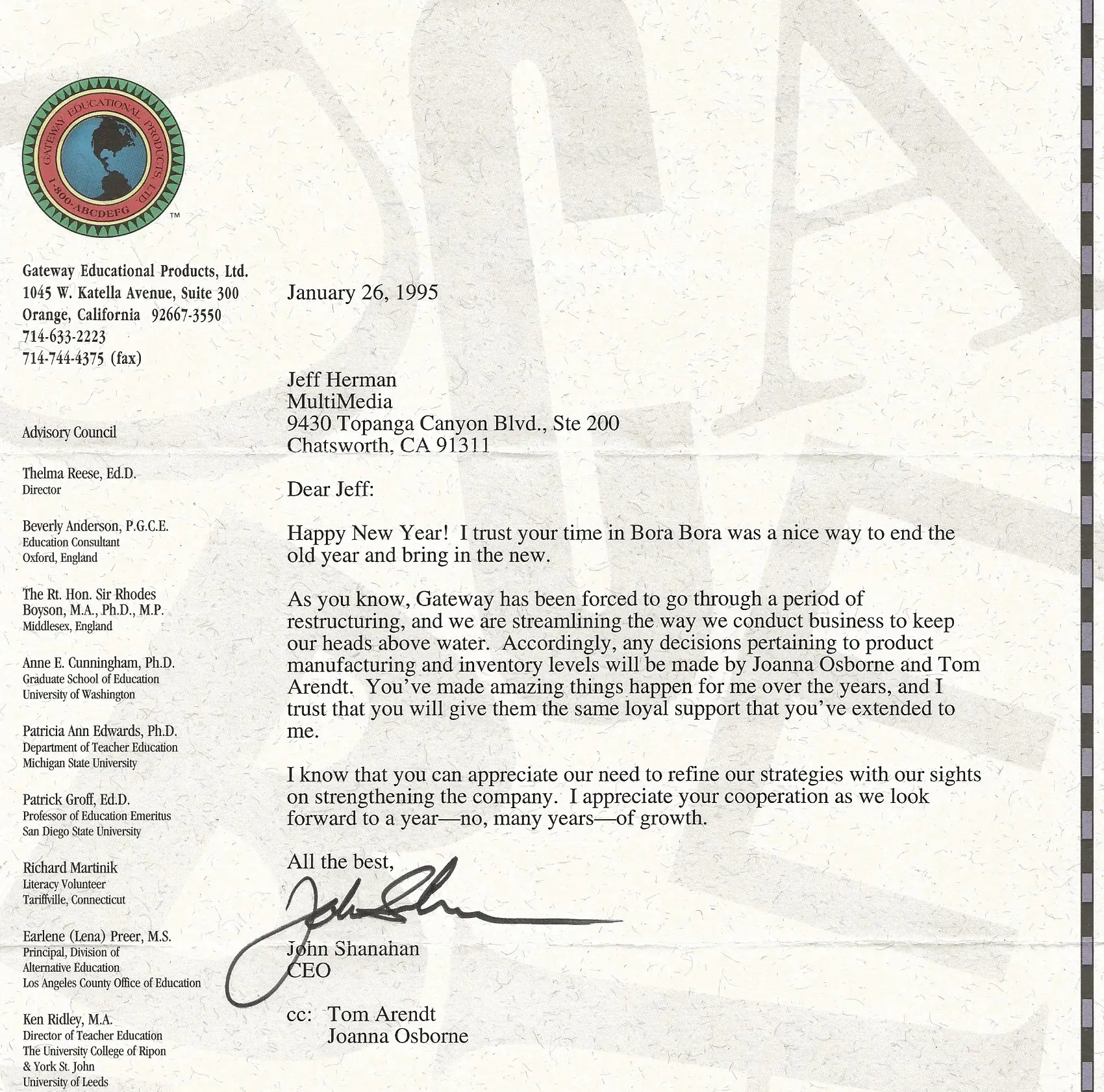
After a vacation to Bora Bora, I returned to find a letter from Sean waiting for me. He needed my help lowering costs across the board. I could feel it—this was the beginning of the end.
In restrospect, MMPP had become so deeply embedded into Gateway’s supply chain that pulling me out would have been nearly impossible. I had built the infrastructure, vendor relationships, and systems that powered the entire company’s physical output.
Then came the storm.
In what felt like a coordinated hit, the U.S. government and the TV show Nightline aired a piece attacking the legitimacy of Hooked on Phonics. The narrative was that the program “didn’t work,” despite countless testimonials and massive popularity.
Sales crashed—hard. From 15,000 kits per week, down to 2,000… then 500. The company couldn’t withstand the blow. Gateway Educational Products was forced to file for bankruptcy.
Coming out of bankruptcy, my vendors were owed millions. MMPP alone was owed close to $400,000. But I didn’t lose sleep over it. The run had been good—great, even—and the financial rewards I’d earned over the years far outweighed the final loss.
In a last-ditch effort, Sean proposed a retail version of the kit. The idea was to leverage the massive brand awareness Hooked on Phonics had built through years of cable advertising and get into major stores like Walmart, Target, and Toys “R” Us.
I rallied the vendors again, and we pulled together a beautiful retail package. But the momentum was gone. The media hit had done too much damage. The retail version never gained traction.
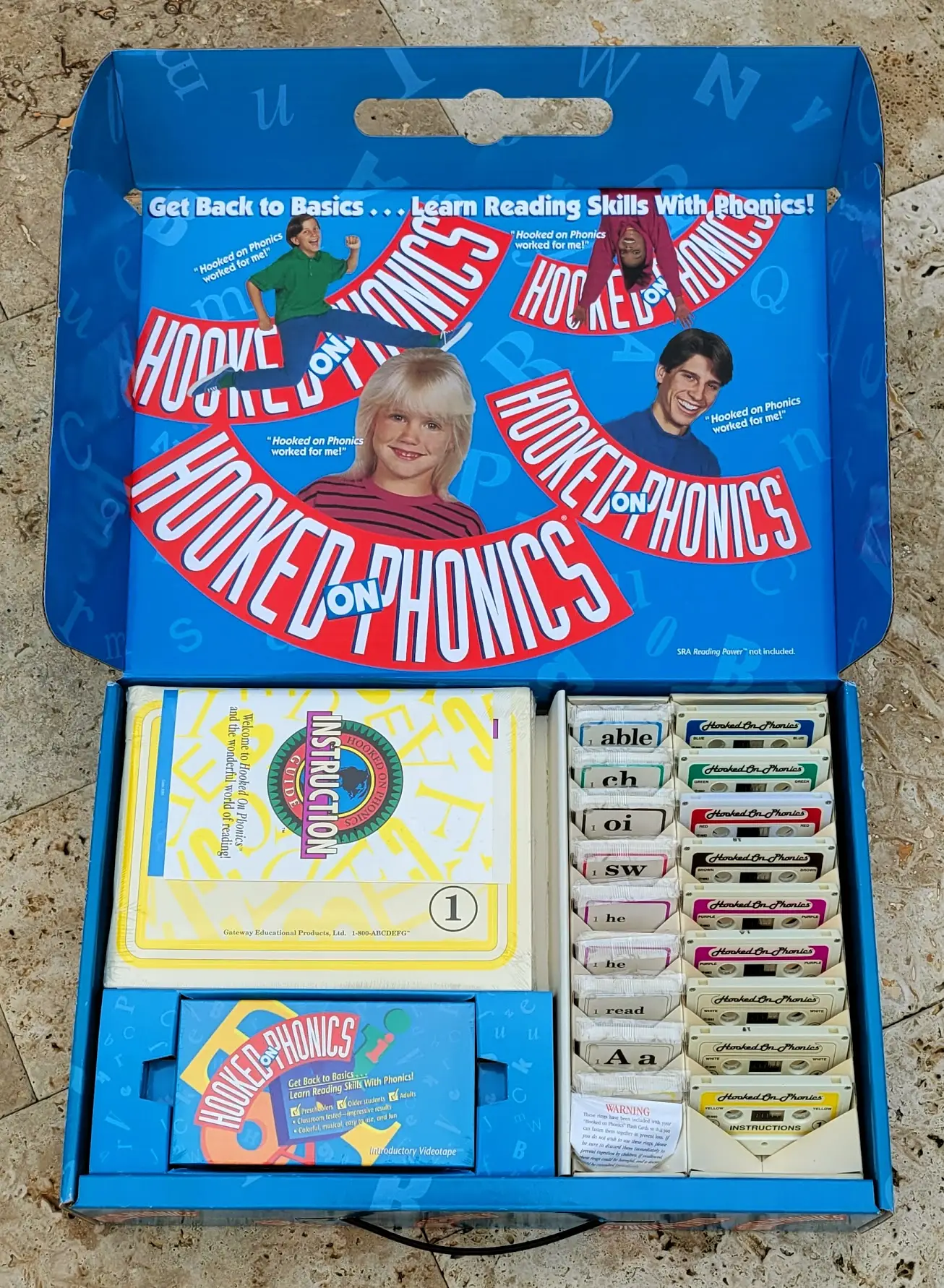
Sean never stopped dreaming. He always had ideas—some brilliant, some… let’s say, ambitious. One of the more eccentric ones was “The Elvis Letter.” He’d purchased the rights to a love letter written by Elvis Presley while he was stationed in Germany. Sean wanted to create a collector’s kit, complete with a replica of the letter and Elvis’s dog tags.
I found a specialty company that could imprint the text to make it look handwritten. And, anticipating huge volume, I even cornered the dog tag manufacturing market to ensure we could scale. Another product that never took off.
From designing and manufacturing the legendary Hooked on Phonics program to the HOP school kits, the writing kit, the We The People program, The Classic Series, and even an Elvis letter—Sean constantly pushed me to track down the most unexpected, outlandish items.
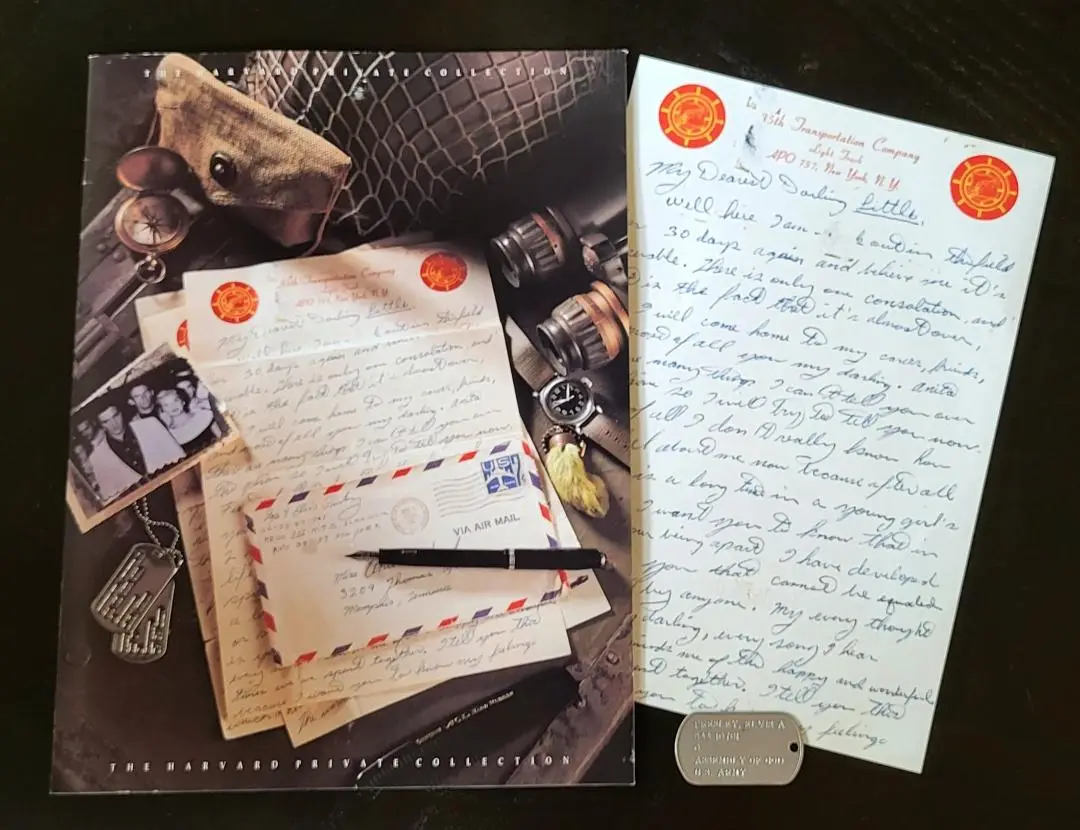
His challenges made me and my team sharper, more creative, and fearless in our sourcing. We embraced every wild idea, no matter how unconventional, and that mindset is what helped us become the go-to packaging company in the infomercial industry. For that, I’m truly grateful to Sean.
I did manage to hold on to this amazing clock I made for Sean during the bankruptcy—and I truly cherish it.
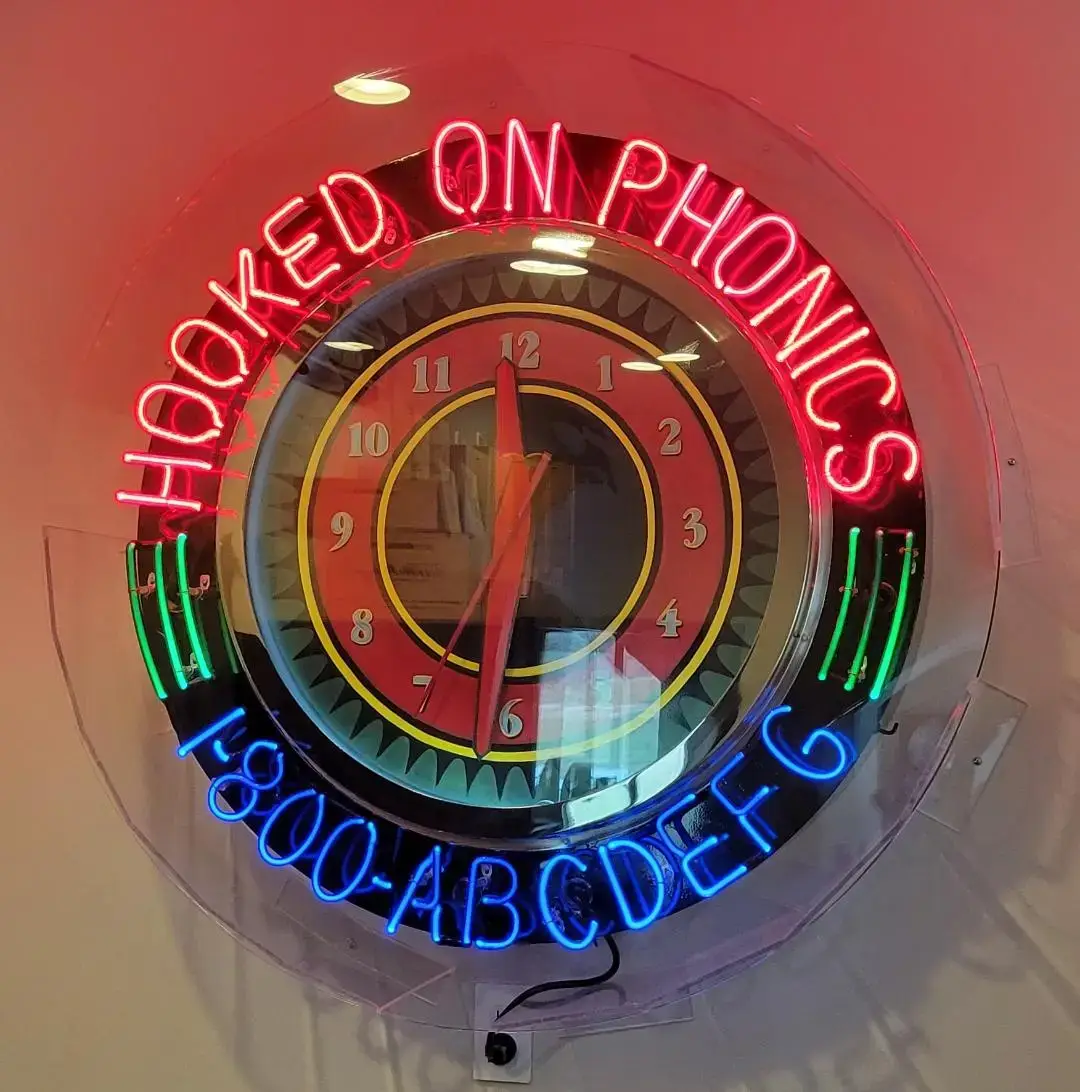
What began as six intense months of hands-on training in printing, duplication, and assembly at SPPI quickly evolved into something much bigger. Launching my own company and becoming the exclusive manufacturing partner for Gateway Educational Products was a leap of faith—a bold move that, at the time, felt both thrilling, uncertain, and daunting. But looking back, all I can say is: hang on tight, trust your instincts, and enjoy the ride. What a journey it’s been.
